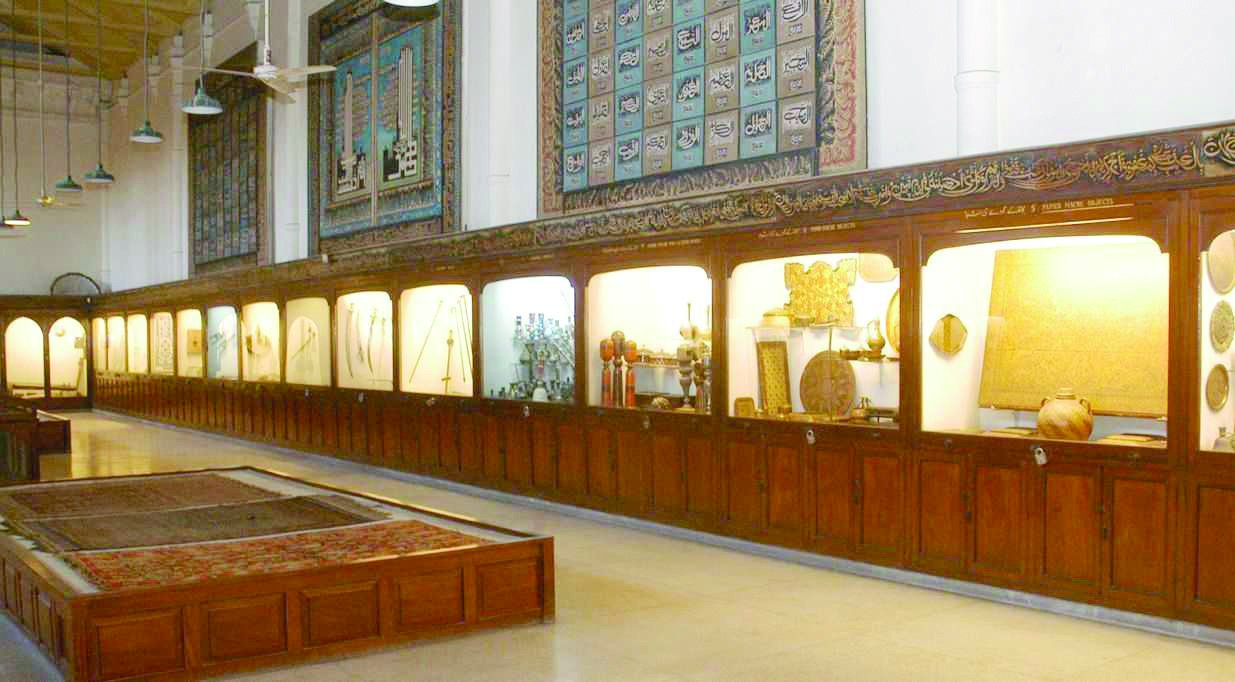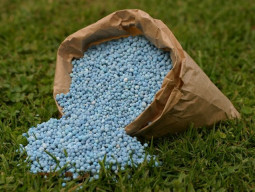
Their ability to be precisely dated also makes coins an archaeological resource. For instance, in an archaeological deposit which proves difficult to be dated, coins can provide a very precise measure of how old the relics are. Although individual coins do not say much about economy of the time but the study of coinage can present a significant understanding of the economy and trade relationships of the time and place they were minted in.
According to expert Noshaba Anjum, the Lahore museum houses over 40,000 coins and 5,000 medals which preserve approximately 6,000 years of sub-continental history in them. “Some of these coins date back to 6,000 BC when the use of coins was first documented. Much like today’s mass-media, in the ancient times coins served as a means of addressing the masses and so they would often have iconography showing the seal of the kingdom, the face of the ruler or important personalities of the time. All of this information helps archeologists and researchers understand the sociopolitical dynamics of the period the coins were minted in,” said Anjum who’s also in charge of museum’s coin gallery.
Coins are also reflective the culture and taste of the society. Those with female iconography underscore the role of women in sociopolitical spheres of the ancient times, whereas coins with inscriptions can hint at the religio-cultural values of the society.
“Other than iconography and engravings, the weight of these coins also is reflective of different eras. Coins can range from weighing less than a single gram to up to two or three kilograms, like the coins from Muhammad Bin Tughlaq and Shahabuddin Ghori’s time. These rare, hefty coins, often made in gold, silver and other precious metals, would more often be used as gifts and memorabilia rather than common-day currency.”
The Lahore Museum houses an extensive variety of artifacts from multiple dominions, which tell of the sub-continent’s rich history. Out of the 60,000 antiques housed at the museum, 42,000 are gold, silver and copper coins from various time periods. The heaviest coins, as per Anjum, were used during the Mughal period and featured intricate iconography like the inscription of the entire Kalma-e-Tayyabah in Emperor Shahjehan’s coins. “Whereas, the lightest coins were found in Hindu and Sikh periods”, she added.
In Anjum’s view, the coin collection at the Lahore Museum is the largest in Pakistan and preserves thousands of years worth of sub-continental history. Although there are over 100,000 coins on display at the National Museum in Karachi, most of these come from various parts of the world and it is only the Lahore Museum where an extensive collection of sub-continental coins can be found. “The oldest coin preserved at the Lahore Museum comes from the ancient civilisation of the Salt Range; including coins from Mohenjo-daro and Harappa,” said Anjum. “A significant portion of these coins have been collected as donations from the public and the donors are compensated with double the remuneration according to the metal as well as a gratitude certificate, ” she added.
Coins, according to numismatics experts, can serve as time capsules which tell the world of tomorrow the stories of today. As per Noshaba Anjum, the coins currently in use are sadly not up to the standard weight and quality and it takes a lot of finances to engrave iconography on them. “Paper currency will fade over time, if we are to preserve our history we should invest in minting better quality coins and consult experts and historians in doing so. I’ve made several appeals to the government myself and hopefully we’ll soon start issuing better quality coins,” Anjum told The Express Tribune.
Published in The Express Tribune, January 27th, 2020.




1725030039-0/Untitled-design-(2)1725030039-0-165x106.webp)


1732012115-0/Untitled-design-(14)1732012115-0-270x192.webp)









COMMENTS
Comments are moderated and generally will be posted if they are on-topic and not abusive.
For more information, please see our Comments FAQ